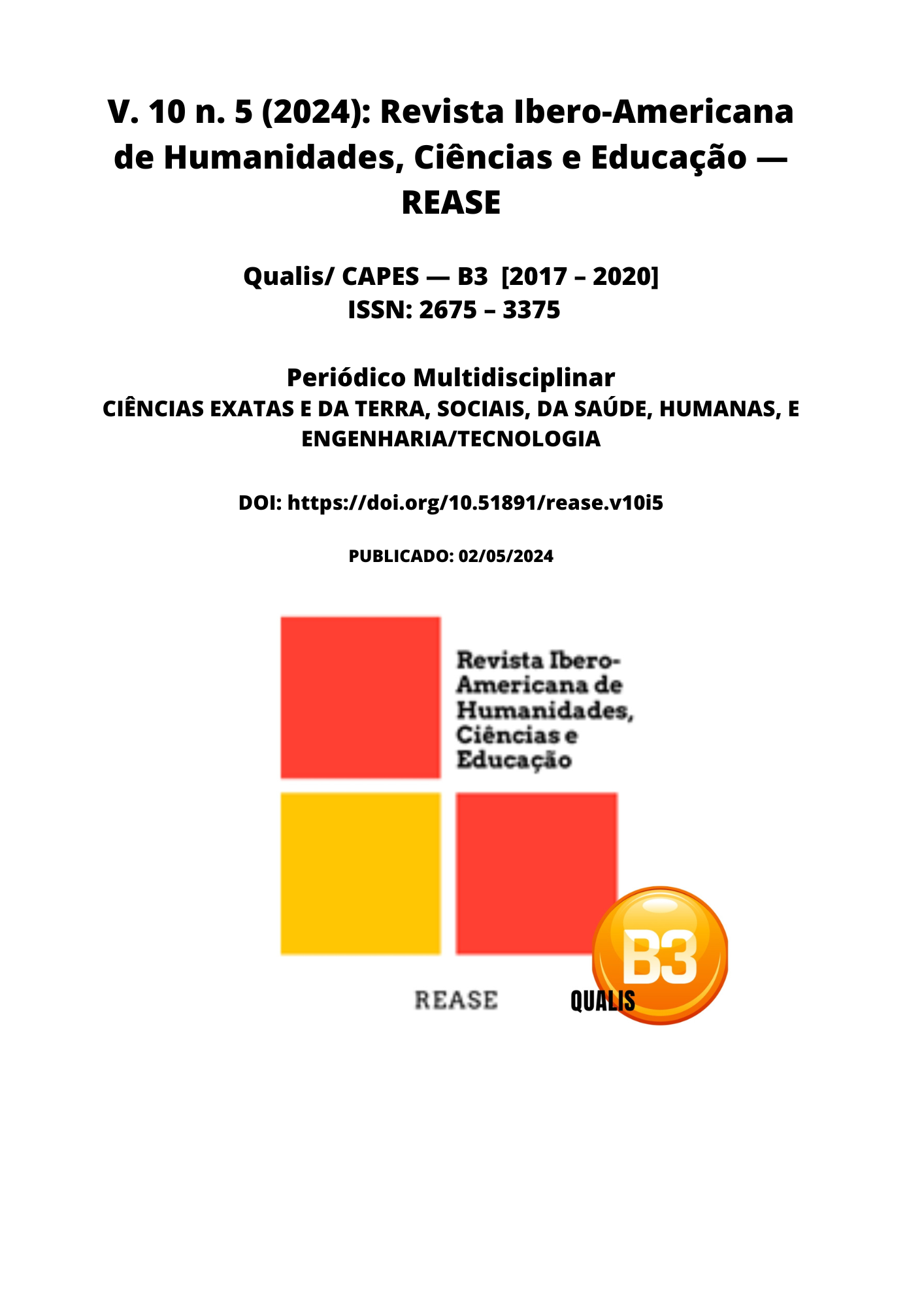CYTOLOGICAL DIAGNOSIS OF OTITIS EXTERNAL IN DOGS THAT FURTHER BATH AND GROOMING
DOI:
https://doi.org/10.51891/rease.v10i5.14220Keywords:
Ear inflammation. Canines. Yeasts. Moisture.Abstract
Otitis is an inflammation that occurs in the soft tissue of the external auditory meatus, which affects the ear pinna and the outer wall of the tympanic membrane. The research took place in March 2024 in a pet shop that provides bathing and grooming, located in the municipality of Cacoal, RO. Ear swabs were taken from 31 dogs of different breeds, ages and with no predilection for sex, that is, males or females. The dogs were identified according to the type of coat (short or long), with 77% of the animals having a long coat and 23% having a short coat and anatomy of the ear pinnae (pendulous or erect), where 94% of the animals had a pendulum shape and only 6% erect formats. The cytological results showed that 33% of the ear canals had only bacteria, 41% had Malassezia Sp and 26% had bacteria and yeast. Based on the results, it was observed that animals that frequent baths and grooming had fungi and bacteria in their ear canals; the long coat and pendulous ears contribute to reduced auricular aeration, favoring humidity and increased temperature where the microflora proliferates in a disorderly manner culminating in inflammation, thus generating signs of itching, pain, secretion and odor characteristic of otitis externa. Cytology was an important auxiliary tool for identifying the microorganisms that caused otitis.
Downloads
Downloads
Published
How to Cite
Issue
Section
Categories
License
Atribuição CC BY

